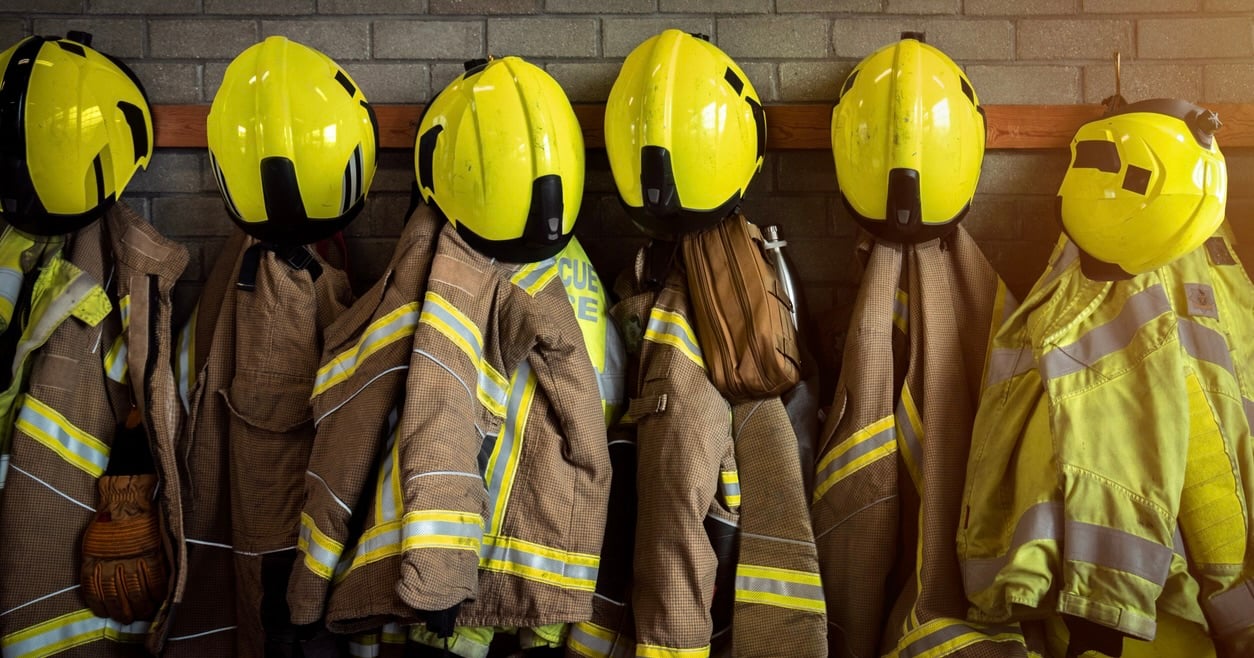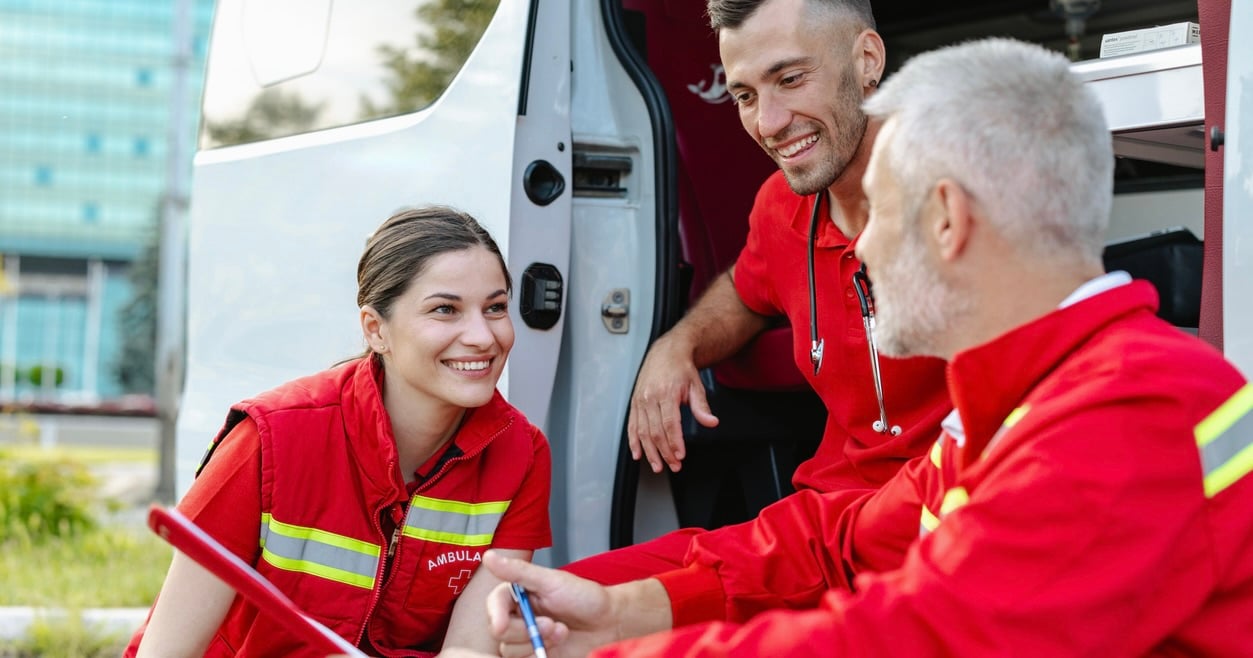Pulsara Around the World - 2025 Recap and January 2026
December Recap After an incredibly busy events year with 102 conferences, trade shows, and sponsorships, December was on the slower side for us, with...

Editor's Note: In May 2025, FireRescue1 released their annual digital edition, Fire Command Ready: Building Bench Strength, proudly sponsored by Pulsara. Because the articles and advice found within contain such critical subject matter, we've elected to publish each segment one at a time here on our blog. Today's entry is written by Jason Caughey, fire chief of the Laramie County Fire Authority (LCFA) in Cheyenne, Wyoming, and senior fire advisor to the FireRescue1 Editorial Advisory Board.
Many organizations handle incidents like a parent supervising a first date. They drop the teenagers off at the movies, then wait around in the movie theater parking lot until the film ends. They assume one person can lead the incident, much like one parent overseeing this milestone moment – no need for both parents to waste their Saturday night! Command is far more involved, though; it demands more than just a single individual.
For the past 50 years, the fire service generally has focused on appointing a single command officer to oversee most events. We know from FEMA’s National Incident Management System (NIMS) that the effective span of control is three to five units, yet we often turn a blind eye when an incident surpasses that limit.
So, what does your command structure look like during the initial response? Is there sufficient command bench strength to support multiple operations on the fireground? In basketball, having a deep bench is crucial to winning games; it’s not feasible to rely solely on the starting five. Similarly, managing a large incident with only the initial response can be quite challenging.
Consider the players involved in determining your command bench strength. There’s the initial company officer who establishes command as a working command officer, as well as the shift supervisor/battalion chief who arrives to receive the transfer of command. For most incidents, this is it. Some organizations add a safety officer in the initial response. It’s a pretty standard deployment. This model probably works for about 85% of incidents, but what about the other 15%.
For generations, NIOSH has identified critical command factors that impact LODD. These factors include no command, lack of communication, and tactical errors, among others. By expanding your command bench, many of the common critical factors can be limited.
Bench positions include:
Your bench may also include air management and personnel accountability, in addition to drone or technological support through GIS or digital imagery.
To be aggressive, we must be smart, proficient, and efficient on the fireground. By adding depth to your command bench, your firefighters can operate in a more aggressive position while achieving greater levels of safety without hindering interior operations. As we know, fireground incidents are increasing in speed, which decreases the time we have to operate in the hazard zone. By establishing clear rules, expectations, and training for all command functions, we can enhance the speed of operations to match the fireground.
Download the full digital edition: Fire Command Ready: Building Bench Strength
Chief Jason Caughey serves as fire chief of the Laramie County Fire Authority (LCFA) in Cheyenne, Wyoming. He is also a member of the FireRescue1 Editorial Advisory Board, serving as a senior fire advisor. Caughey has a bachelor’s degree in fire science from Columbia Southern University and is currently working on his master’s in public administration. He also achieved his Executive Fire Officer designation from the National Fire Academy along with the Chief Fire Officer designation from the Center for Public Safety Excellence.
For EMS, hospital, and emergency response teams, effective use of communication tools is critical. When everyone is on the same easy-to-use platform, caregivers can collaborate across organizations and save vital minutes when they matter most. To learn more, check out 10 Ways Pulsara Helps During Time-Sensitive Emergencies.

December Recap After an incredibly busy events year with 102 conferences, trade shows, and sponsorships, December was on the slower side for us, with...

Editor's Note: In July 2025, EMS1 and Fitch & Associates released their annual EMS trend survey, What Paramedics Want, proudly sponsored by Pulsara....
![[PRESS RELEASE] Published Research Finds Up to 31% Faster STEMI Treatment Times in Rural Hospital Setting with Pulsara](https://www.pulsara.com/hubfs/_1_website-page-blog-assets/pulsara-hosp-teams-assign-cardio-stemi-rn-1200x701.jpg)
Published research shows how using Pulsara, alongside standardized field activation and a focus on stakeholder relationships, improves STEMI care and...